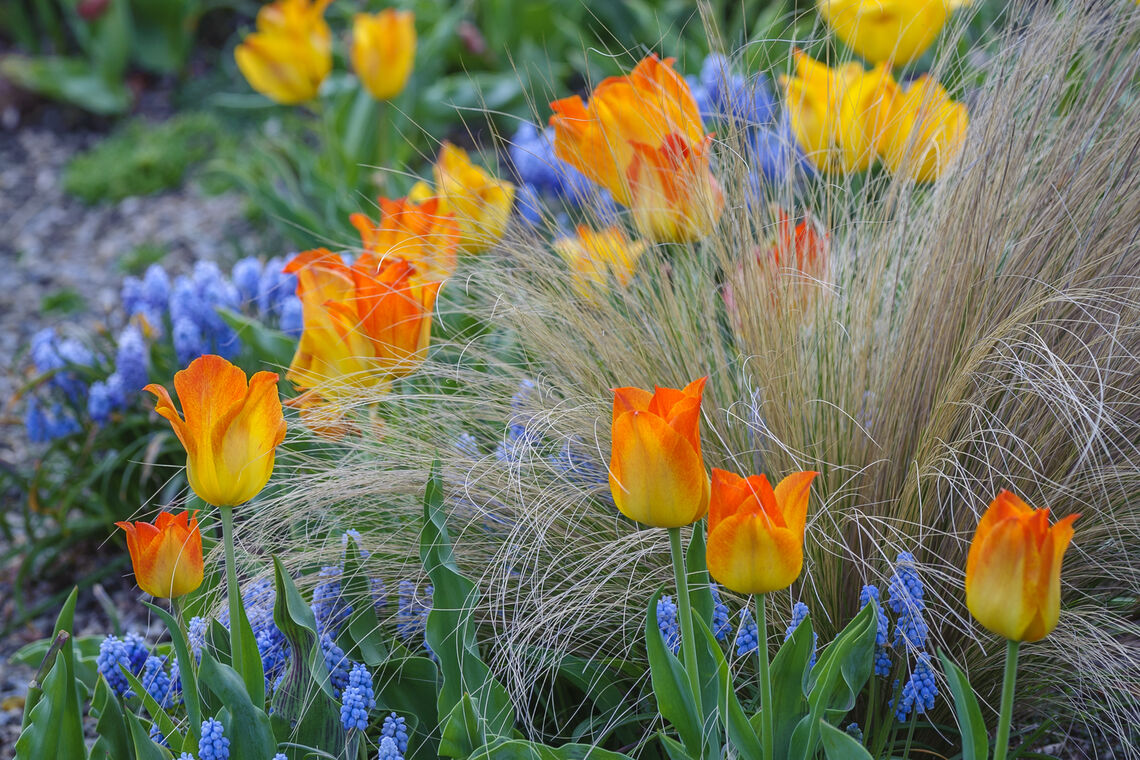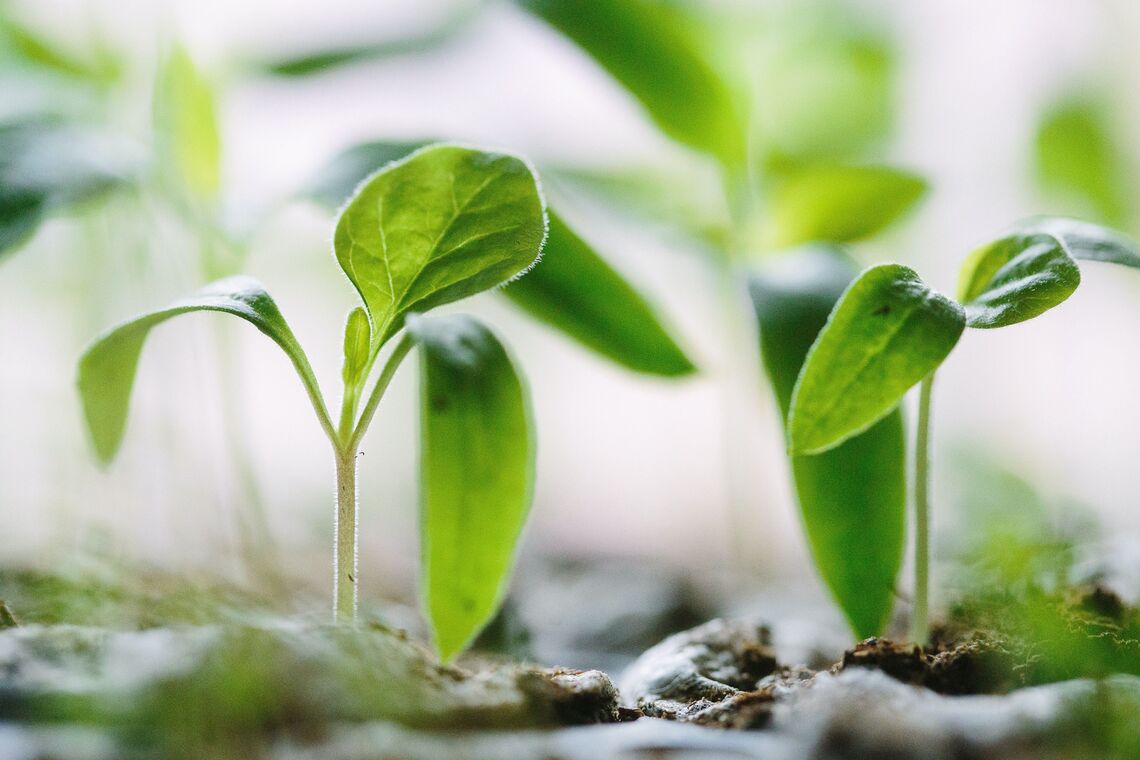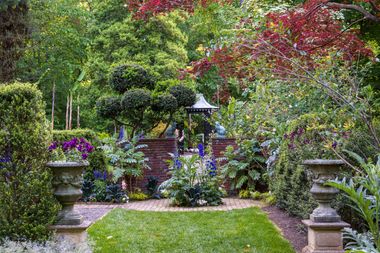
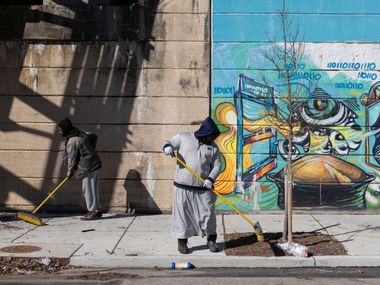
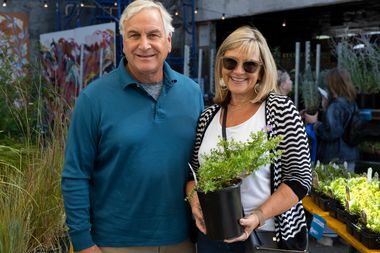
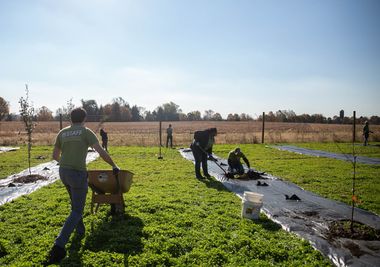
Magnolias for Your Home Garden and How to Care for Them
gardening
flowers
plants
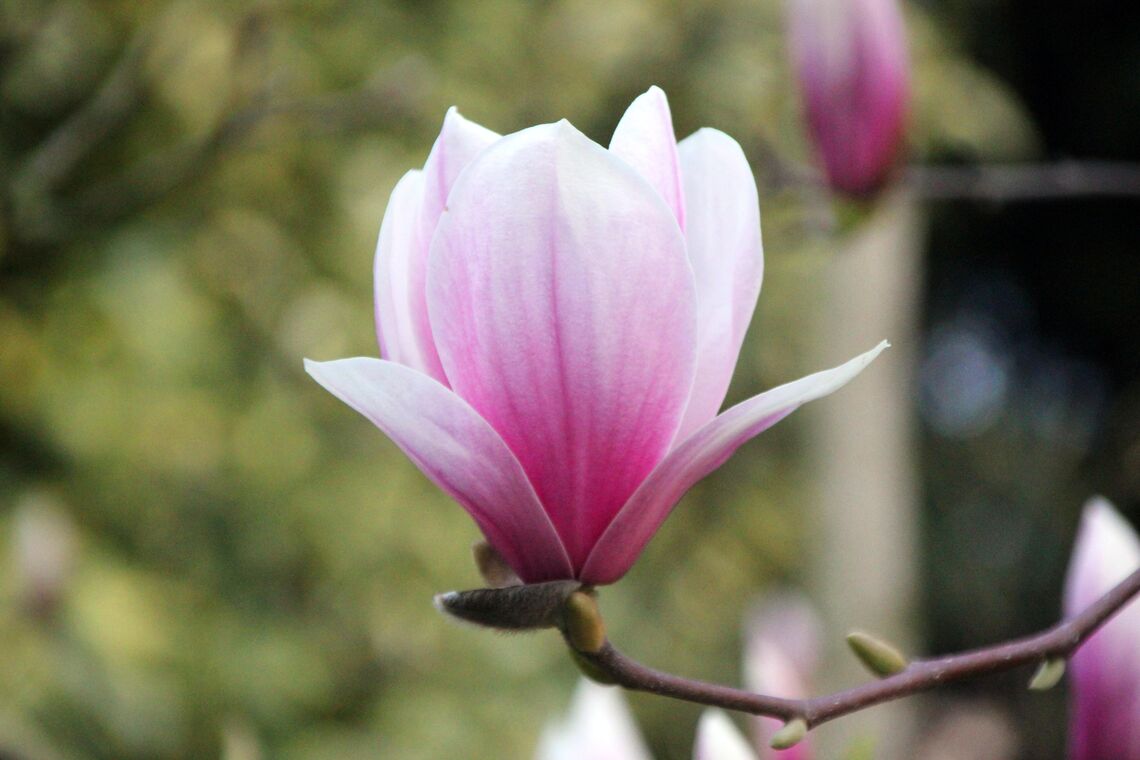
By Andrew Bunting, PHS Vice President of Horticulture
Magnolias are one of the most versatile groups of plants that are cultivated nearly worldwide. They range from trees to shrubs; evergreen to deciduous; are available in most colors except true blues and reds, and there are many selections that are native.
Learn about some of the best magnolias for your home garden and how to care for and maintain them for years to come.
Native Magnolias
One of the most popular and versatile of the Eastern U.S. native magnolias is the sweetbay magnolia, Magnolia virginiana var. australis. In its native habitat, it is often found growing in marshy areas or along the edge of a pond and is one of the very few magnolias that can tolerate wet soils. Reaching 30 to 40 feet at maturity, it can be grown as a single-trunked tree or a multi-stemmed clump. In mid-spring, creamy white flowers appear. While it never has an abundance of flowers, each flower has a beautiful lemony fragrance. Flowering can happen all summer and into the fall, therefore maintaining a steady fragrance in the garden. In the more southern states, the sweetbay magnolia tends to be fully evergreen while from Maryland north to Massachusetts it will tend to be deciduous. However, there are a few good cultivars that exhibit more evergreen traits even in the north, including ‘Henry Hicks’, ‘Satellite’, ‘Green Shadow’, and Moonglow®.
The Southern magnolia is another native that is a globally popular species for its exceptional evergreen leaves, ability to grow quickly, and versatility to be used as a hedge, espalier, or as a specimen in the garden or landscape. For the small garden, one of my favorites for diminutive foliage, flowers, and stature is ‘Kay Parris’. Like many magnolias, it has a brown fuzz or indumentum on the underside of the leaves which adds to its ornament. A newer introduction is Magnolia grandiflora ‘Southern Charm’ Teddy Bear® which has medium-sized, intensely fragrant flowers. At maturity, it will only reach 20 feet tall with a spread of 12 feet. The round leaves have a beautiful brown indumentum on the undersides which adds to the ornamental attributes. Southern magnolias that get much larger in stature include two cultivars, ‘D. D. Blanchard’ and ‘Bracken’s Brown Beauty’.
Spring Flowering Magnolias
For spring flowering magnolias, the choices are truly endless, however, the following are some of my favorites that will thrive in most climates.
One of the most common magnolias offered in garden centers is an old selection, ‘Leonard Messel’. It only reaches 15-20 tall, making it a good selection for a smaller garden. In early spring, it is covered with soft pink, star-like flowers that are fragrant. The flowers emerge before the leaves. It is related to the star magnolia, Magnolia stellata, which is another excellent choice. ‘Leonard Messel’ and the star magnolias, including ‘Centennial’ with pure white flowers, are very hardy and thrive in the upper Midwestern states.
‘Wild Cat’ is closely related to the aforementioned, but becomes more tree-like over time reaching 20 feet tall with a pyramidal habit and covered in exquisite, white, camellia-like flowers.
Magnolia x kewensis ‘Wada’s Memory’ is another early flowering white magnolia with exceptional fragrance. This fast-growing magnolia which will bloom at an early age is upright and pyramidal for decades, and then with maturity, will become broader in its stature.
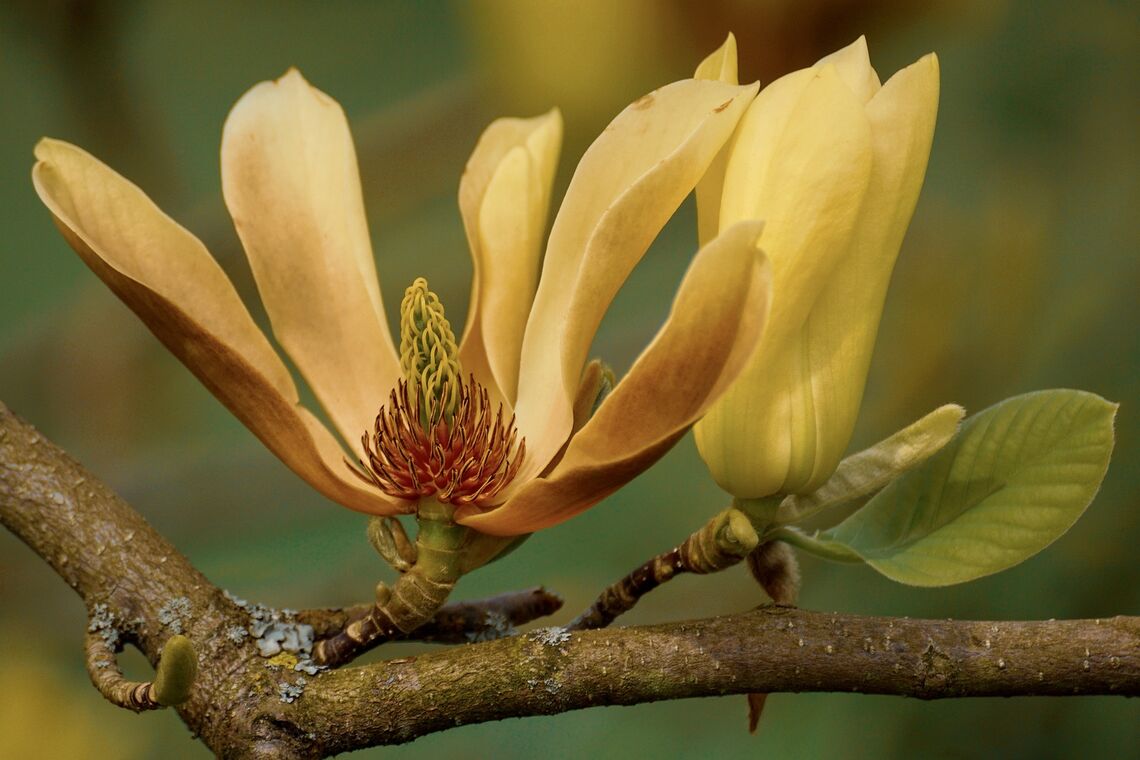
The Yellow Magnolias
A great group of magnolias for mid-Spring are the “yellow magnolias.” Over the last 30 years, considerable hybridizing work has resulted in many exemplary cultivars of magnolias. ‘Elizabeth’ was one of the earliest to be released by the Brooklyn Botanical Garden and remains one of the best today with a slightly sweet fragrance and soft, sulfur-yellow flowers. ‘Lois’ is more compact in its habit and has brighter yellow and chalice-shaped flowers. ‘Butterfly’ is one of the hardiest and earliest to flower of the yellow magnolias and has a profusion of rich yellow flowers.
One of the shortcomings of the earliest flowering magnolias is that they bloom so early in the spring or late winter that they run the chance of having their flowers killed by frost. Magnolia Mercury™ is a new, large-flowered magnolia that is deep pink in bud and then opens to a lighter lavender pink. It also has a very upright habit. 'Coral Lake’ also blooms later and is more compact in its habit. The flowers are upright and cup-like with a pleasant fragrance.
Pretty Magnolias for Small Gardens
For a small garden or a city backyard, the New Zealand introduction, ‘Genie’ is perfect. At maturity ‘Genie’ only reaches 13 feet tall with a spread of 6 feet. The flowers are a stunning deep magenta to maroon color and are fragrant. An older series of magnolias commonly referred to as “the girls” were introductions made by the National Arboretum. They come in varying shades of pink and purple, but are also good for a smaller garden and include such selections as ‘Betty’, ‘Ann’, and ‘Jane’.
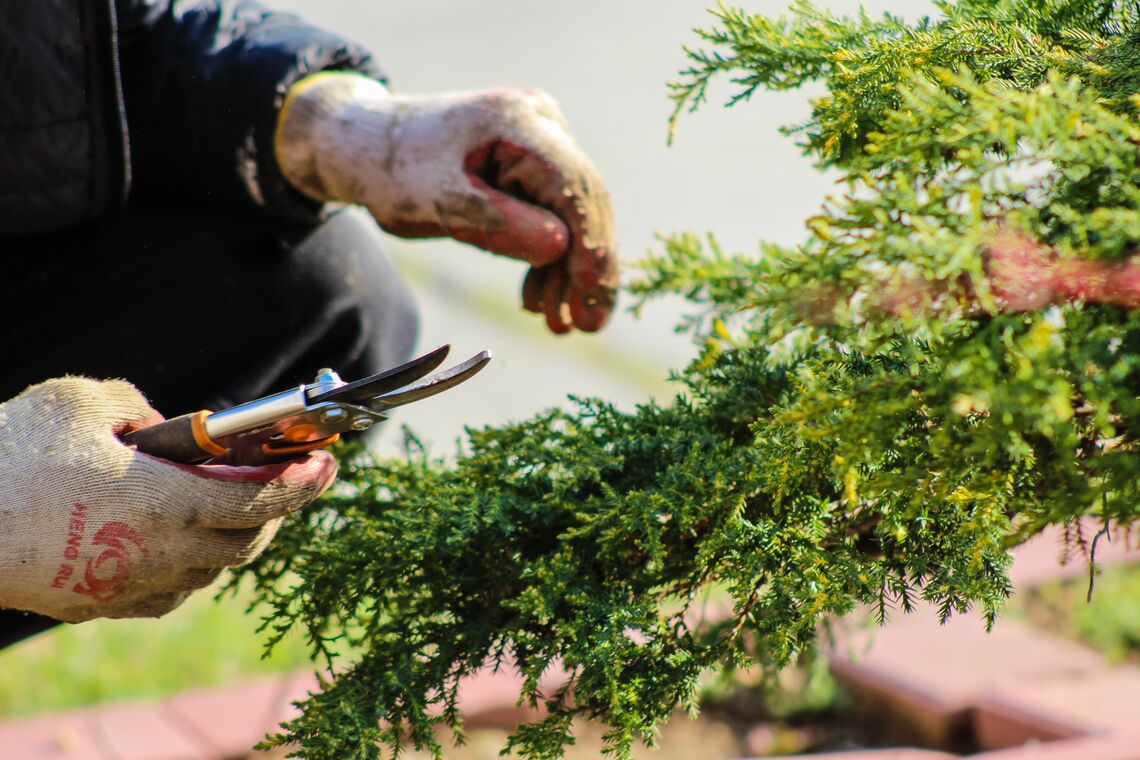
How to Care for Magnolias
Magnolias are relatively easy to take care of. They have very few pest and disease problems, though sometimes if they are under stress, Magnolias can get scales, which is a white insect that can infest the tree. Any pruning that needs to be done should be very selective. Many magnolias are grafted, so it is important to remove the “suckers” at the base of the tree when they emerge. Sometimes magnolias bloom early and then we have cold weather which kills the flowers. This damage is mostly superficial and just means that flowering will not occur that year.
This only represents a small cross-section of some of the best magnolias, however, there are literally hundreds of wonderful cultivars and species to choose from.
Want more seasonal gardening tips and tricks? Sign up for our monthly newsletter.

